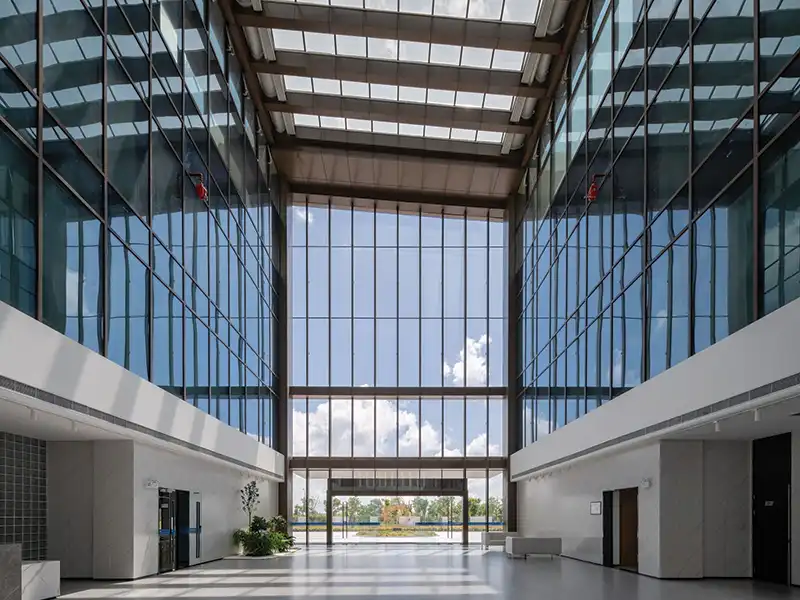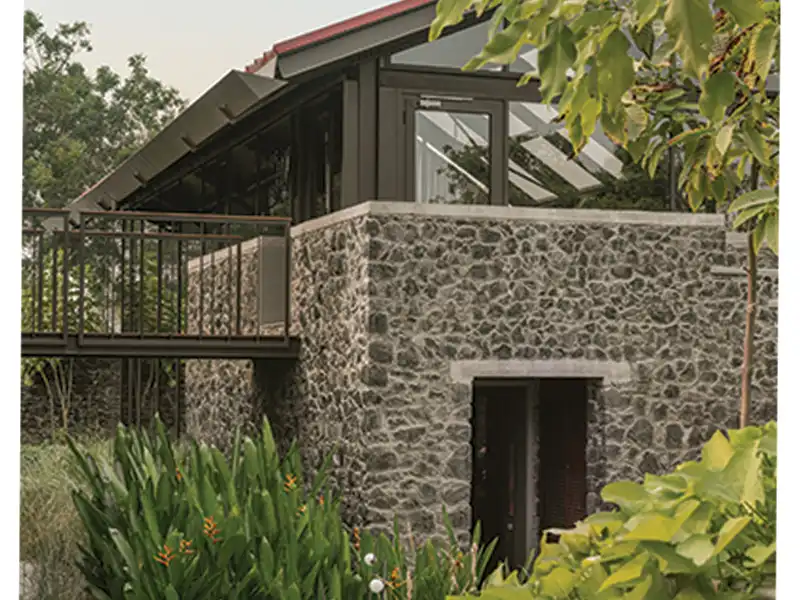
What makes a building sustainable? What are the materials that go into building a house with low carbon footprint? How can this carbon footprint be further reduced? These were some of the questions that ACC Ltd., one of India’s most sustainable and innovative cement makers, set out to answer while launching its “Houses of Tomorrow”, an initiative that seeks to promote construction through materials that are less resource intensive, have a low carbon footprint, while promoting customer satisfaction.

As part of this initiative—spearheaded by ACC’s parent company, the global cement major Holcim Group—houses or tenements built with materials that have near-zero carbon footprint are showcased. The first such project in India, named “Gratitude Eco-Villa”, located in Puducherry, uses materials, climate specific passive design, and smart construction methodologies to create a holistically sustainable house while enhancing the comfort of the residents.
Every construction material has a carbon footprint as some amount of the greenhouse gas carbon dioxide is emitted during their manufacture. And Gratitude Eco-Villa has shown that it can reduce CO2 emissions by nearly 40% through the use of materials such as ECOPact green concrete, ACC Suraksha cement, fly-ash bricks and low-CO2 alternative to virgin steel reinforcements. ACC seeks to align the construction sector where the Earth is collectively headed to a low-carbon future that consumes fewer resources and promotes the circular economy by making the most out of the existing materials.

As part of the selection process, over 40 well-known architects were invited to participate in the “Houses of Tomorrow” initiative. Following a review by the jury, Gratitude Eco-Villa was selected to be the first House of Tomorrow in India as it met the objective of showcasing a beautifully designed house that utilizes low carbon impact materials and sustainable construction. The Houses of Tomorrow is awarded on the basis of parameters such as design, relatability, team commitment to meeting project timelines with sustainable practices, and sustainable design.
The most exciting thing about Houses of Tomorrow is the opportunity to respond to the need for designing and building holistic buildings that integrate heritage and cutting-edge modern technologies. At Gratitude EcoVilla, Holcim and ACC have complemented the design and construction competence of Auroma by specifying the right green building materials and calculating their impact on the environment. This collaboration has set an inspiring benchmark in our architectural practice.
Trupti Doshi, Principal Architect, The Auroma Architecture
This unique project is being coordinated across five countries—India, Kenya, France, Canada, and Mexico, which aims to positively impact the environment, while creating long-term value for the residents.

The initiative also ties in with #ChangeTheStory, a joint initiative on sustainability by ACC and Ambuja Cements, in which a non-invasive bubble barrier technology was deployed at the Mantola Canal in Agra. The barrier has prevented nearly 2,400 tons of plastic waste from entering the river Yamuna.
















